Back before homes lined the hills of Kendall County, rolling grasslands dominated the area. Wildfires were a natural part of the ecological function of the waving fields, but decades of flame dousing have left grasses overgrown and reduced biodiversity in preserved areas of town, according to local preservers.
To combat this and encourage the natural way of the world, the Cibolo Preserve conducted its first, of what will likely be several, prescribed burns on 20 acres Thursday morning.
“Fire was part of the ecology all through the central plains all through the United States,” Preserve Trustee Rufus Stephens said.
Stephens explained this “fire is bad” mentality that became predominant across the country over the past century, harkening back to the Smokey the Bear days, has resulted in a buildup of natural fire fuels, with wild grass litter piling up.
“Then when a fire does occur, it’s potentially catastrophic. You don’t just scorch the outside of the trees, you burn down giant redwoods or sequoias,” Stephens said. “But it (wildfire) was part of the ecology. As an ecologist, there were two things that were part of the grasslands of the Hill Country, and that was grazing by bison and fire.”
Stephens noted wildfires were not only a natural event across the rolling hills of Kendall County and beyond, but a method used by the area’s very first settlers.
“Before European settlement, a lot of that was done by Native Americans, and they utilized it for managing and attracting game,” Stephens said. “And they used it as a method of war. So, they were using it, but it naturally occurs.”
Stephens, an ecologist himself, said there are accounts from the mid 19th century proving wildfires were an integral part of the local lifecycle. One account in particular, he said, details a trek through New Braunfels, across the Cibolo River into Boerne and through Llano and notes that much of the Hill Country was on fire, charred or up in smoke.
While “preserve” is the private nonprofit’s name, a closer examination of the board’s work indicates its true mission is more geared toward restoration and good stewardship, with the board taking careful steps to get the land back to its natural state – or as close as possible. But ecological restoration is a long game.
“ Healthy grasslands mean healthy groundwater recharge,” Stephens said. “That’s a big part of the ecology as well.”
Those living near The Preserve can rest easy knowing a lot of intense planning and forethought went into this burn and will continue to go into each prescribed burn in the future. The Preserve board brought in Brian Treadwell, a licensed commercial burn manager.
Treadwell closely followed weather and wind forecasts to ensure any smoke from the fire went up and was carried away from surrounding neighborhoods – a practice that will be adhered to for any future prescribed burns as well.
Treadwell is a seasoned expert who burns between 20,000 and 50,000 acres across the state in a given year.
“We’ll build against a twotrack road or something and use hardly any water which prevents us from having to put bulldozers down,” Treadwell said once the 20-acre job was nearly complete. “This is the only natural process that’s eliminated from our landscape. Because everything else is a natural process that occurs, but we’ve gotten so good at suppressing fire. As a result, this is what grew up. This was a grassland.”
Treadwell echoed sentiments shared by Stephens that the Hill Country should be a savannah rather than woodlands, and both experts attributed the lack of fire to the changing landscape.
“I’m fifth generation to a ranch in west Texas, and my grandfather said all the trees grew up in his lifetime. And he felt like it was because they eliminated fire,” Treadwell said. “All of this stuff would be handled by a regular fire. Grass is built to expunge itself. If you had a battle between grass and trees in fire, grass would win.”
Although it took decades for the grass to thicken to a point that it felt like a sponge under foot, it only took Treadwell’s team an hour to safely burn the 20-acre field, including safety preparations and monitoring the crackling bushes that were slow to fade.


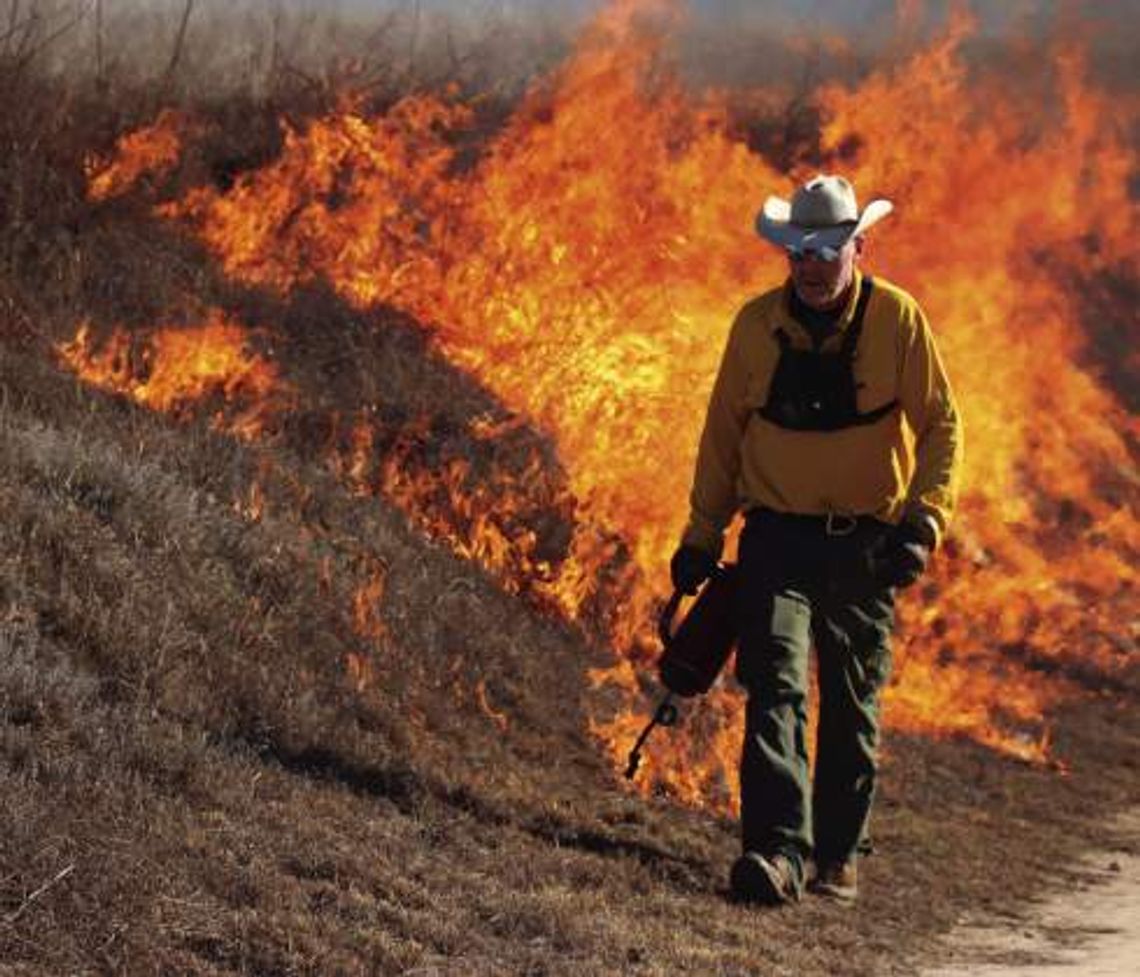
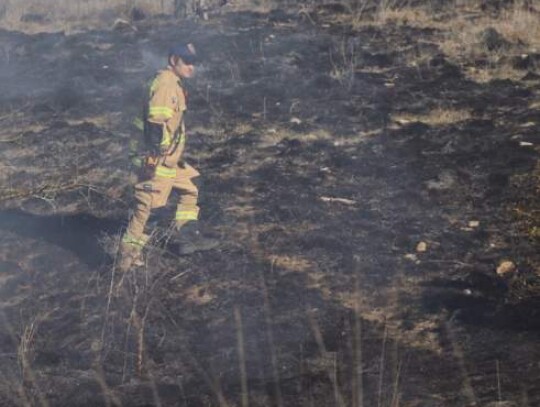
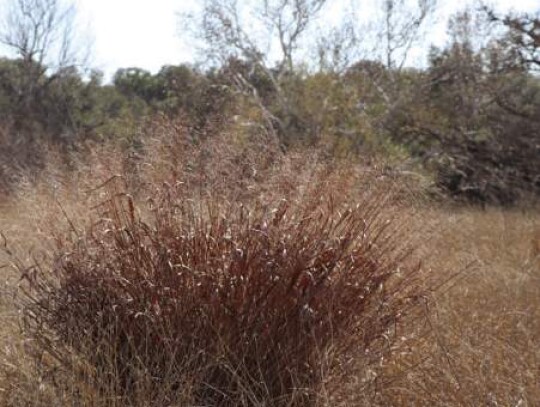
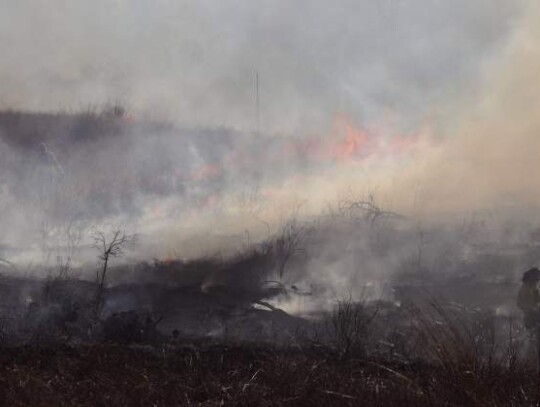
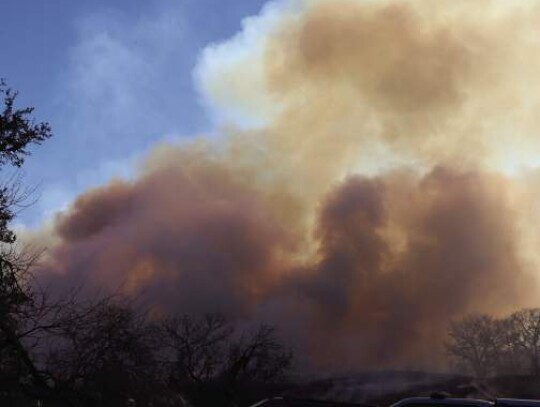
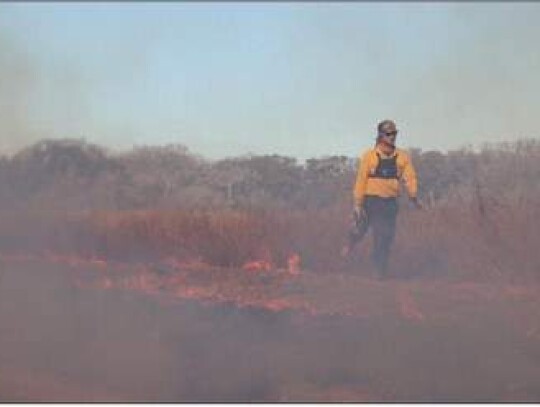
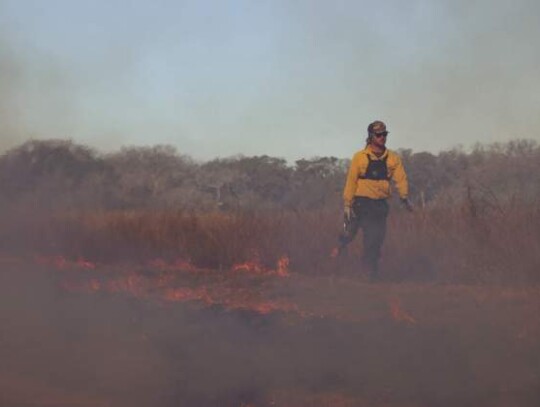
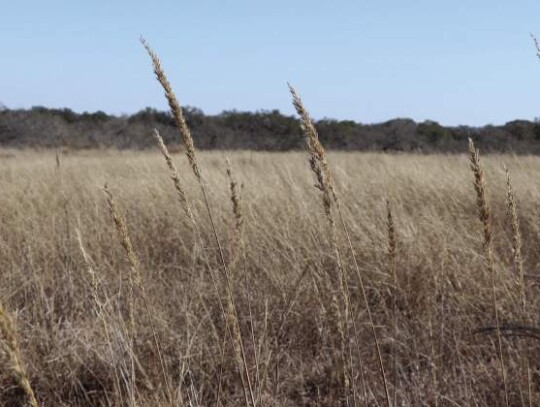





Comment
Comments